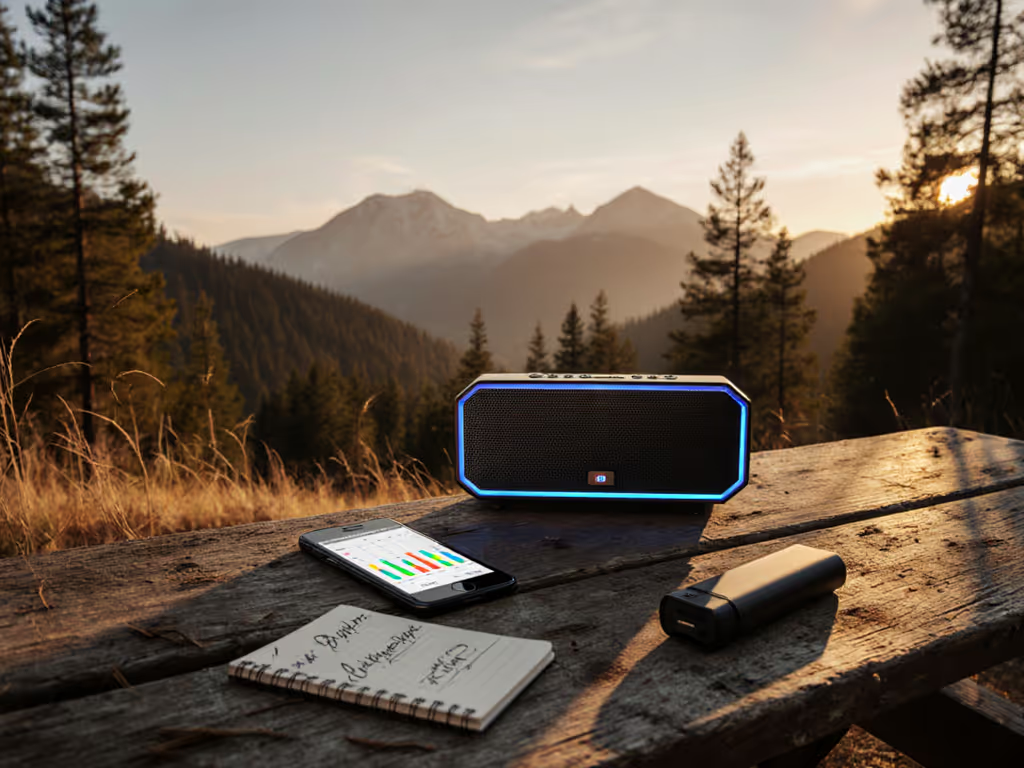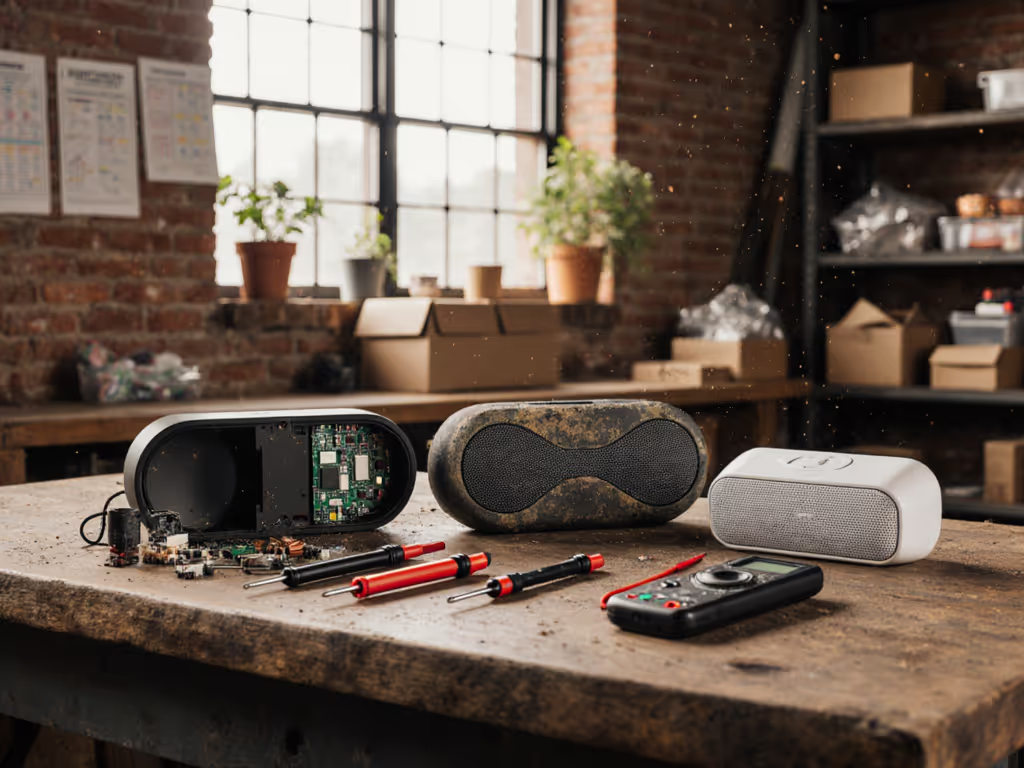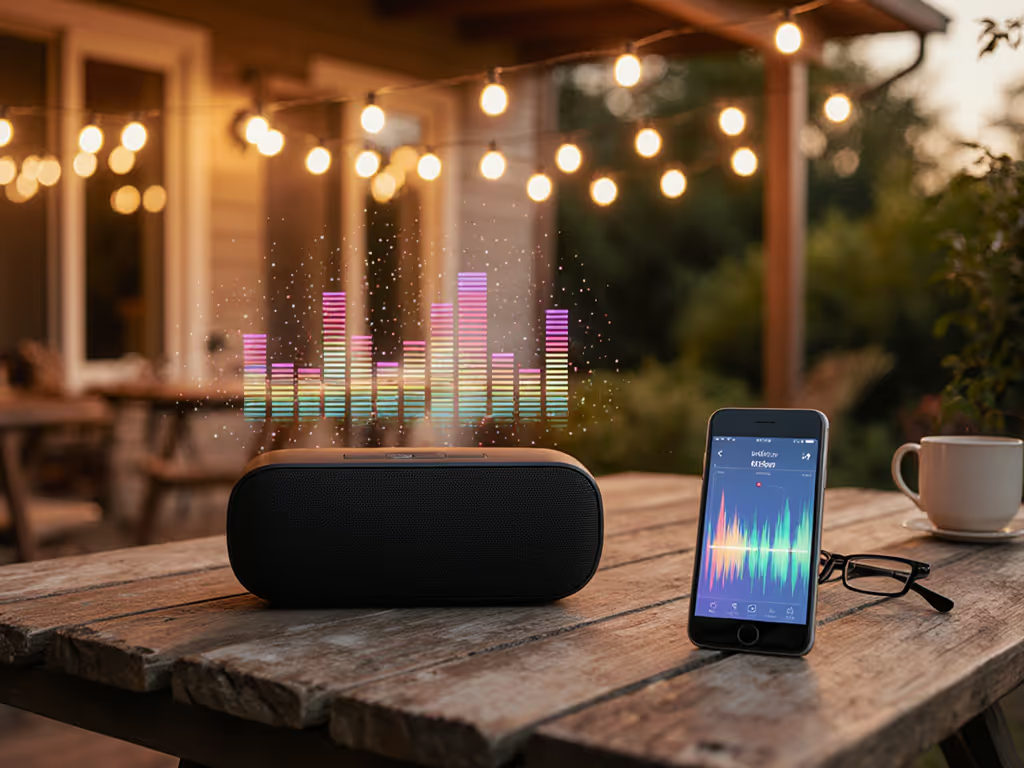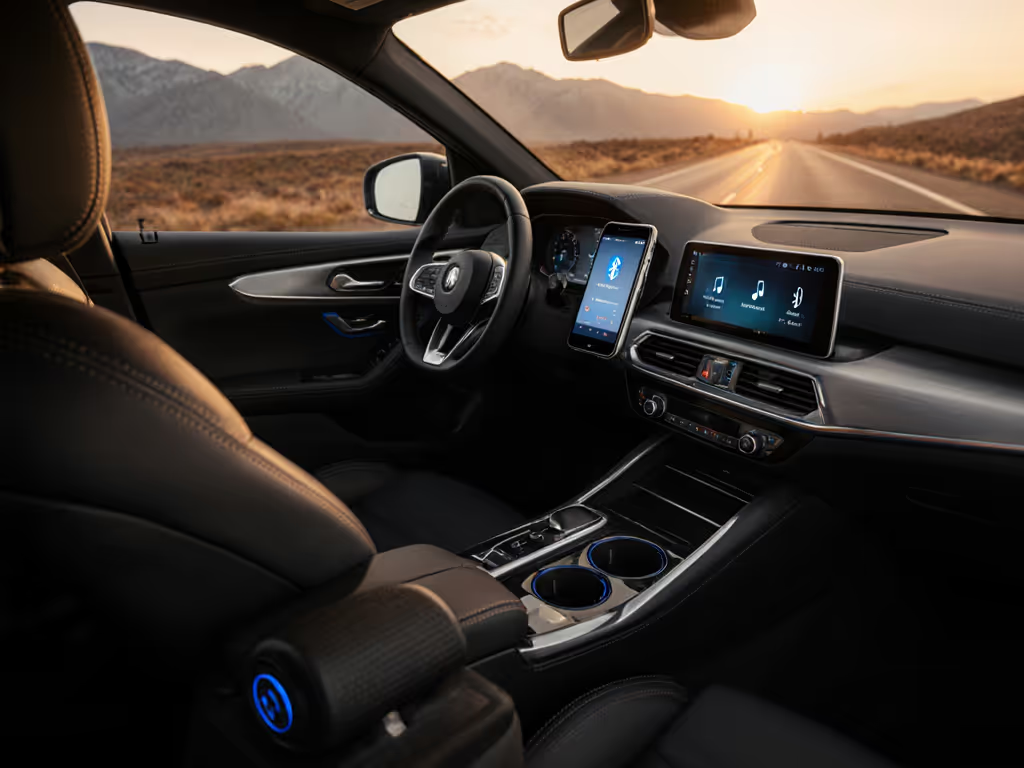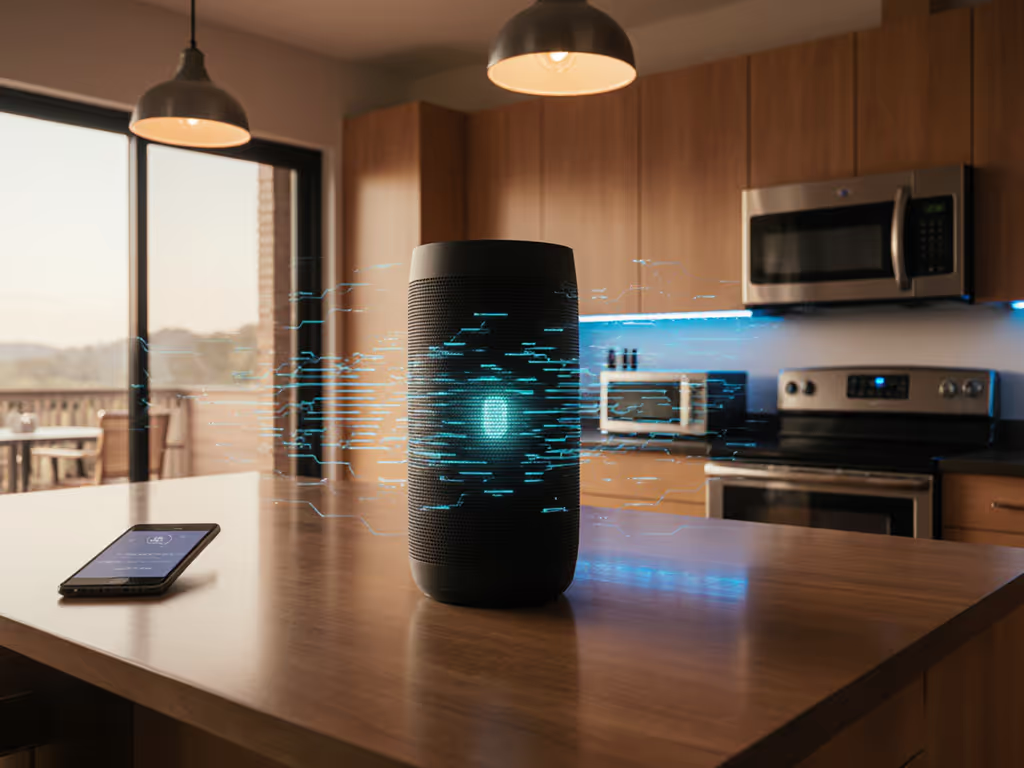
Home Bluetooth Speaker Placement: Simple Sound Fixes
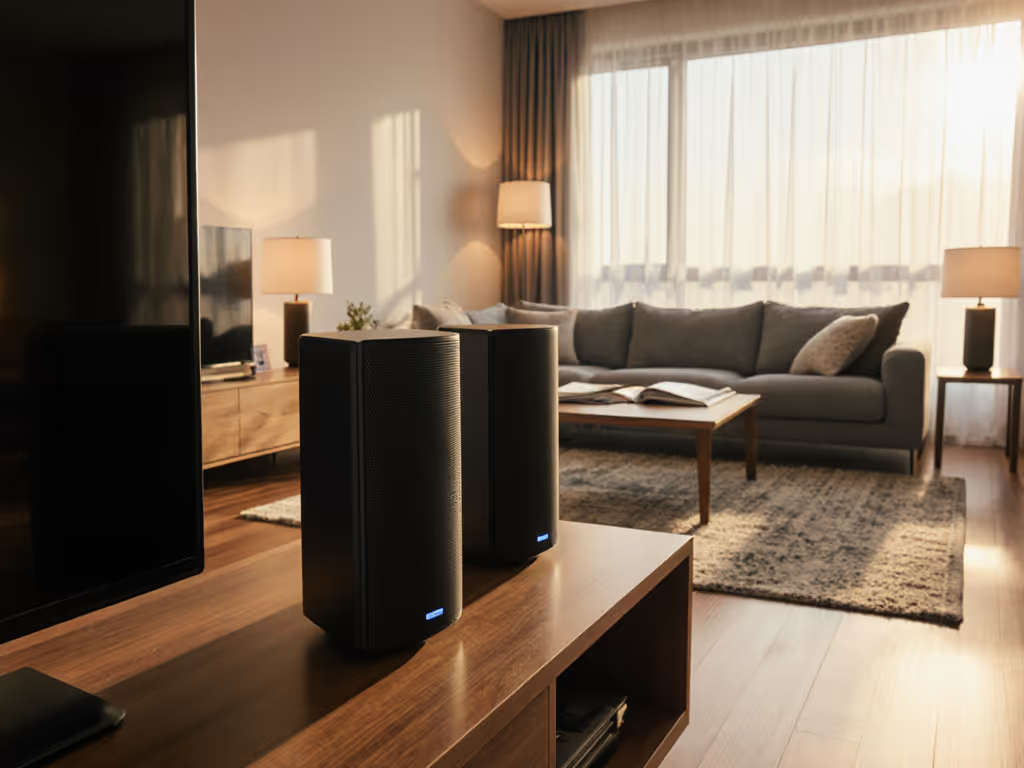
Let's talk about your home bluetooth speaker. That little device should be enhancing your life, not becoming another thing to manage. With the right optimal speaker positioning, you can transform tinny audio into rich sound that perfectly matches your space, whether it's your morning shower routine, kitchen cooking sessions, or evening relaxation. The best part? Most sound issues can be fixed in minutes with simple adjustments, not expensive upgrades. One less tap is one more song before work.
I've helped countless friends and neighbors set up speakers in their homes, and the most transformative changes always come from placement, not purchasing power. When a speaker sits right, it fades into your routine, just like my aunt's bathroom setup that works flawlessly with two labeled buttons and auto-shutoff. That's the magic of smart positioning: gear that's invisible until you need it.
Here's how to get great sound from your speaker in seven simple steps:
1. Start at Ear Height (Every Room Is Different)
That kitchen counter probably isn't ideal for your home bluetooth speaker. Position your speaker so the tweeter (the small driver that handles high frequencies) aligns with your ears when you're in your normal listening position. In the kitchen where you stand, aim for 4-5 feet off the floor. In the living room where you sit, 2-3 feet works better.
For bathroom setups I've done, I've found the sweet spot is usually on a non-slip shelf just above showerhead height (high enough to avoid direct spray but low enough for clear voice prompts). This minor adjustment takes 2 minutes and makes podcasts and music sound dramatically clearer. Small tweaks, big routine wins.
2. Build Your Equilateral Triangle
Your speaker and listening position should form a simple geometric relationship. Imagine you, your speaker, and a second speaker (if you have one) creating an equilateral triangle, with equal distances between each point. Most people find this setup delivers the most natural soundstage without that "hole in the middle" effect.
If you're working with a single home bluetooth speaker, center it directly opposite your primary listening spot. For dual speakers, start with them 6-8 feet apart in most living rooms. Then adjust incrementally, moving just a few inches at a time makes a noticeable difference in room acoustics for speakers. Don't guess; measure with a tape measure for best results.
3. Maintain Safe Distance from Walls
Keep your speaker at least 18-24 inches away from walls for balanced sound. Speakers pushed against walls create bass buildup that muddies everything else, especially problematic for podcast listeners who need clear voice reproduction. I've tested this in countless living rooms: moving a speaker just 12 inches from the wall eliminates that "boomy" quality that makes understanding lyrics difficult.
For best placement for bass, the sweet spot is usually 2-3 feet from the back wall. Near corners amplifies low frequencies too much, while too far from walls can make bass sound thin. If you're placing a speaker in a compact space like a kitchen nook, look for models with downward-firing drivers that naturally disperse bass more evenly.
4. Angle Toward Your Ears (Toe-In)
"Toe-in" refers to angling your speakers inward toward your listening position. Start with speakers parallel to the back wall, then gradually point them toward where you sit. When you hit the sweet spot, everything "snaps into focus": vocals become clearer, instruments separate better, and music feels more present.
In my testing, most people need just 10-15 degrees of toe-in for optimal results. For bathroom or kitchen setups where you move around, less toe-in creates a wider sweet spot. Always prioritize clarity and avoid distortion over maximum volume, especially in echo-prone spaces where high volume distorts quickly.
5. Bathroom and Kitchen Specifics
Moisture and hard surfaces create unique challenges. I recommend IPX7-rated speakers for bathroom use (meaning they'll survive accidental submersion), placed at least 3 feet from direct water streams. The ideal spot is on a non-slip shelf above your shower curtain line (high enough to avoid steam saturation but low enough for controls to be reachable).
For kitchens, keep speakers away from refrigerators and microwaves (which cause Bluetooth interference) and at ear height on open shelving. I've found that mounting speakers on the underside of upper cabinets (using 3M Command strips) creates ideal speaker distance from walls while keeping them out of splatter zones. This placement hack takes 3 minutes and solves most kitchen audio problems.
6. Outdoor Placement Principles
Balconies, patios, and yards present different challenges. Hard surfaces reflect sound, while grass absorbs it. For balcony use, place your speaker near the railing facing inward toward you (not outward toward the street). This reduces sound loss and minimizes disturbance to neighbors.
When placing speakers on grass for picnics or camping, elevate them slightly off the ground (on a cooler or picnic table) to prevent bass absorption. Wind direction matters too, so position speakers with their backs to the wind when possible. These simple outdoor adjustments take less than 5 minutes but dramatically improve clarity in open spaces.
7. Quick Troubleshooting for Common Issues
Sound too thin? Move speakers closer to listening position or reduce toe-in angle.
Bass overpowering everything? Increase distance from walls or corners by at least 12 inches.
Voice unclear in kitchen? Elevate speaker above counter height to avoid absorption by food containers and appliances.
Distortion at higher volumes? This is often placement related, so move the speaker away from reflective surfaces that amplify certain frequencies.
Most audio issues can be resolved with these quick adjustments rather than buying new equipment. Remember: great sound is rarely about expensive gear but about smart placement that works with your real-world environment.
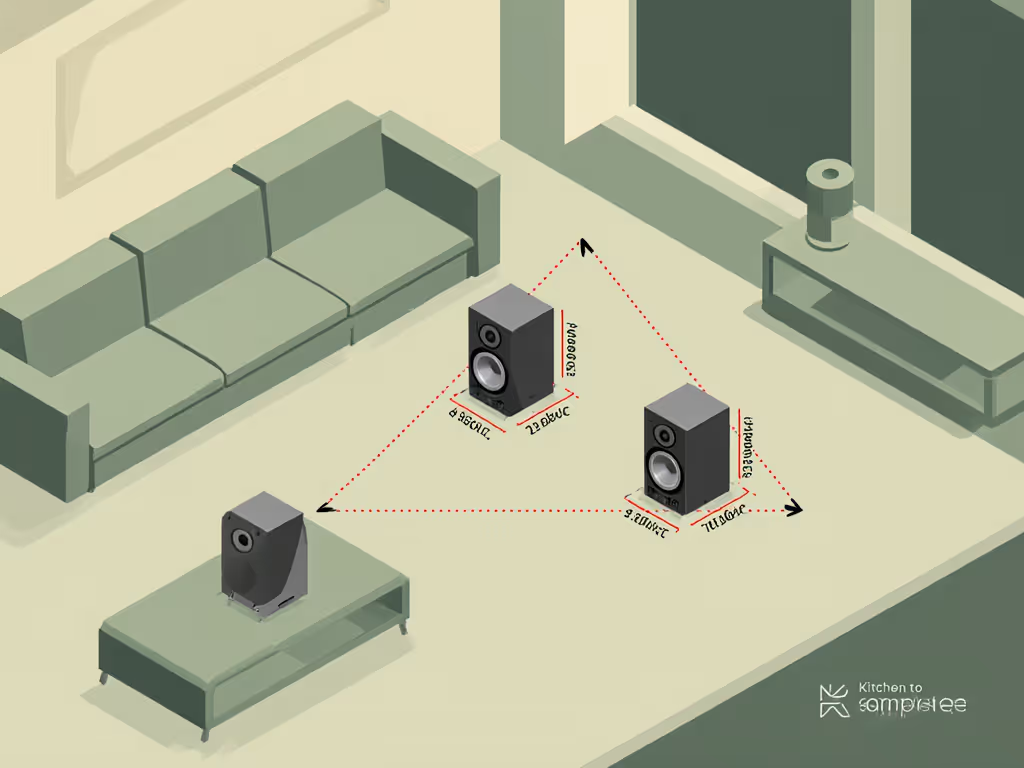
The Lasting Impact of Good Placement
Proper speaker positioning transforms your audio experience from something you manage to something that simply works. It's the difference between fighting with your gear and letting it enhance your daily rituals (like morning showers with calming music or kitchen cooking with clear recipe instructions).
You don't need audiophile knowledge to get great sound. Just these simple, tested adjustments that anyone can implement. The best audio setups disappear into your routine, working reliably without constant attention.
Ready to explore more audio solutions that prioritize simplicity over complexity? I've put together a free checklist covering specific placement tips for seven common home scenarios (from steamy bathrooms to noisy kitchens). It includes visual guides showing exact measurements and positioning for each space. Download it to keep these sound principles at your fingertips whenever you set up a new speaker.
Remember: when your gear works quietly and reliably, you're not thinking about the technology, you're just enjoying the moment. Small tweaks, big routine wins.

